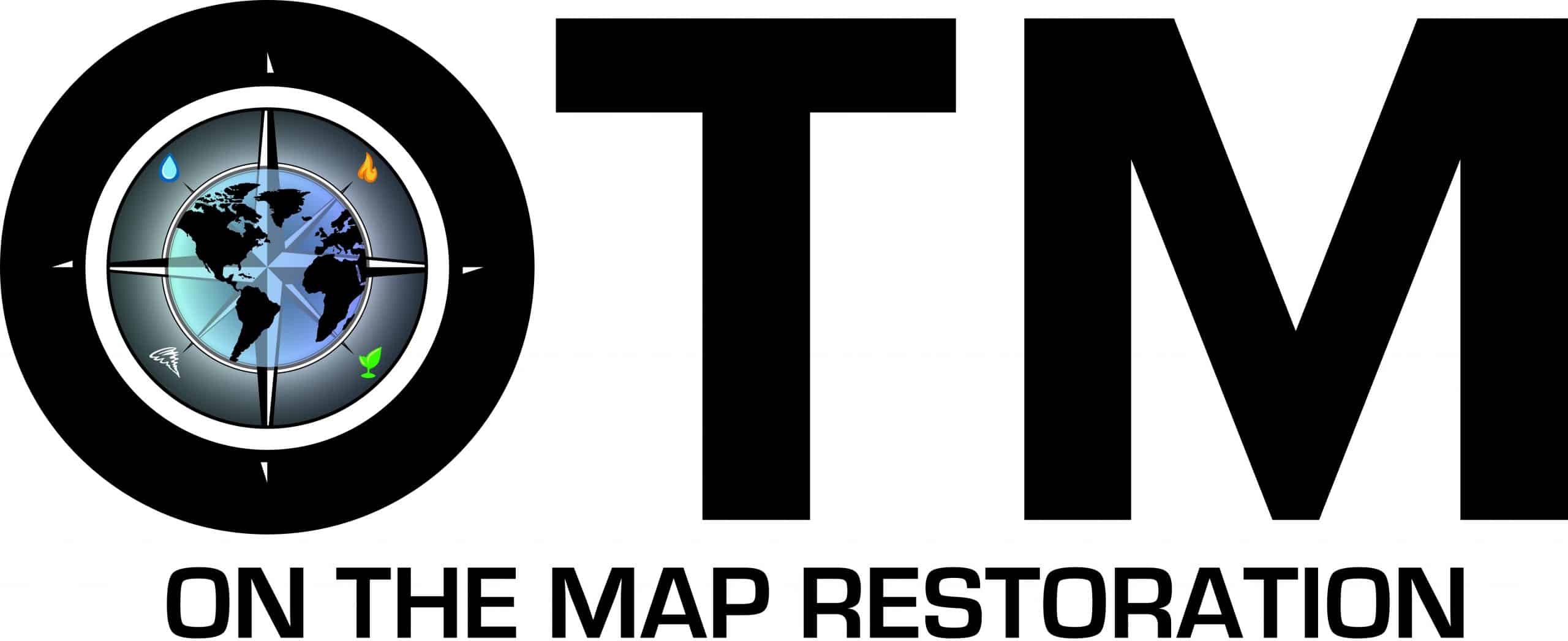Mold is everywhere all around us, both indoors and outdoors. It is usually harmless in small amounts in environments that are not wet and humid. However, most mold found indoors is usually not a good sign. When mold is present, building structure is able to deteriorate and the health of your family, loved ones, employees or customers can be compromised. This small organism is a type of fungus that ranges in many colors and textures and can survive anywhere. Below are the most common household molds.
Not all molds are harmful. Some are even beneficial to the environment and the wellbeing and enjoyment of humans. Mold becomes dangerous when it settles indoors in favorably moist and humid conditions. As it reproduces through spores in the air and those spores are breathed, is when mold has the potential to become dangerous. There are three classifications of harmful mold: allergenic, pathogenic and toxigenic. Allergenic molds can cause and produce allergies; pathogenic molds can exacerbate health issues in those with existing conditions; and toxigenic molds can lead to serious health conditions, even death.

Alternaria
One of the more common kinds of allergenic molds, alternaria, can be found where there is dampness, like showers, bathtubs and sinks and also as a result of water damage. It is recognizable by its velvet texture and dark green and brown hairs. Able to spread quickly, this mold should be remediated immediately as it can cause symptoms similar to asthma in the upper respiratory tract, nose and mouth.
Aspergillus
There are over 185 species of aspergillus and it can materialize in many colors. Though it is an allergenic mold, it can become toxic relative to the species and environment. Some species are able to produce carcinogens known as aflatoxins, which are deadly. Known for their long flask shaped spores chains of growth, they can create thick layers or even walls of mold.
Cladosporium
This olive green or brown colored mold can uniquely grown in both warm and cold environments and thrives in porous materials such as fabrics, upholstery and carpet. It can also be found under floorboards and in cupboards. Classified as an allergenic mold, cladosporium can affect the skin, causing rash and legions and also as allergic reactions in the eyes, nose or throat.
Stachybotrys
Infamously known as “black mold”, stachybotrys is a toxic mold that is dark green or black with a slimy texture. A more heartier mold, this species is known to grow on wood, cardboard, paper or wicker. Exposure to stachybotrys can cause breathing difficulties, stubborn cough, nose bleeds, fever and painful headaches. This mold should be remediated immediately if discovered.
Trichoderma
Commonly found in wallpaper and carpet, trichoderma can be recognized by its wooly texture that is usually white with green patches, though it includes five different subspecies. Trichoderma grows fast in damp areas and can also be found in AC filters and ducts where there is condensation. It is also incredibly destructive to wood, paper and textiles as it produces an enzyme that specifically destroys this kind of material.
Do You Have The Most Common Household Molds?
Finding mold in your home can be unsettling but is certainly able to be remediated. The most important task to tackle is eliminating the mold as quickly as possible and determining the source from which it is developing from. Mold growth is usually the result of a larger issue like a leaking pipe. Contact OTM Restoration today!
For more info or to schedule a consultation contact us today at 800-416-5986

